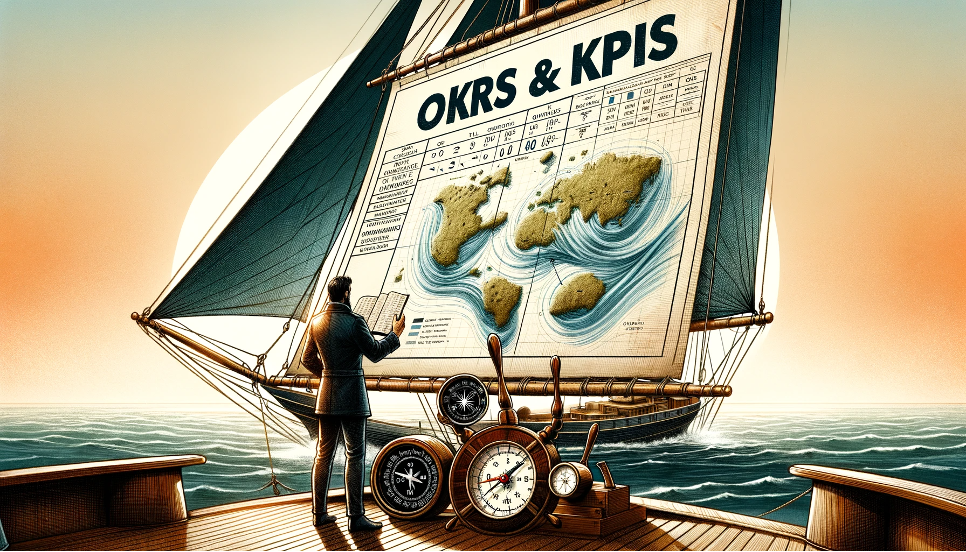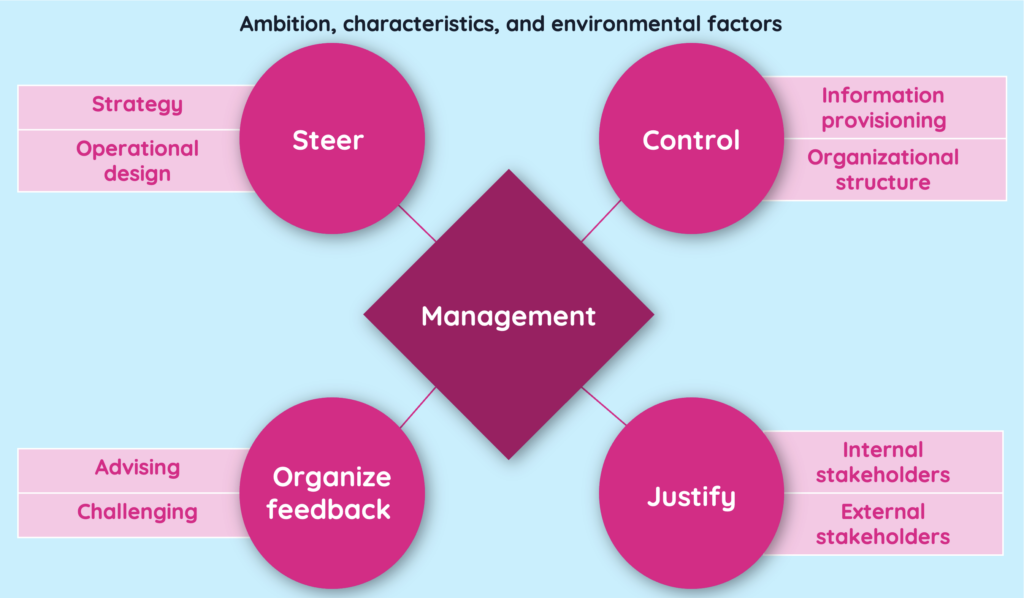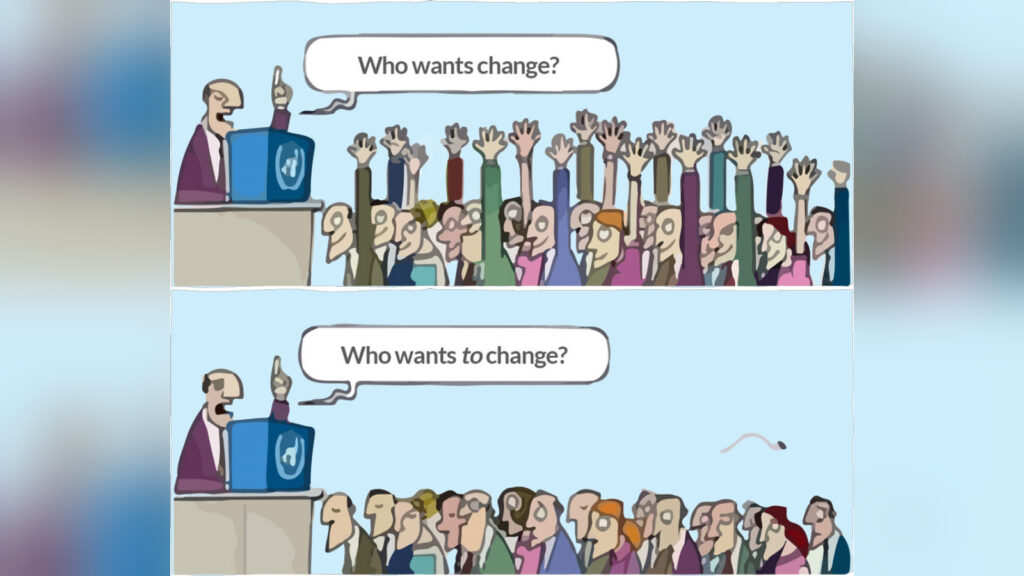Strategic innovation in fashion: Master students enhance H&M group’s sustainability path and competitive edge
Disclaimer: This article is based on case studies chosen by Catherine Schoendorff during her July 2024 class at Harbour Space University Barcelona. The insights presented are derived from analyzing H&M Group’s 2023 annual and sustainability report. The students did not engage directly with H&M or its representatives. The course aimed to foster entrepreneurial thinking, understand CEO decision-making, lead change, and highlight pathways for business model innovation that meshes sustainability and digital business transformation. In a world where fashion trends come and go, the need to blend digital business transformation with sustainability remains constant. Imagine a group of visionary Master’s students stepping into the shoes of industry giants like H&M, armed with fresh ideas and innovative strategies to revolutionize fashion. This isn’t just an academic exercise—it’s a blueprint for a regenerative, more circular future. Figure 1: H&M Group’s Circular Customer Journey (Source: Annual and Sustainability Report 2023, page 22) Sustainability is a critical priority for several reasons. It is essential for regulatory compliance, which serves as a business’s license to operate. Mostly compliance drove sustainability efforts. However, it’s time for senior leaders to embed sustainability as a core element of entrepreneurial thinking and business vision. This ensures regulatory compliance, propels the company to its next exciting chapters, and shields against business models that exploit resources without regard for social and environmental impact. The challenge – reimagining a fashion giant H&M Group, a global fashion powerhouse with over 5,000 stores in 70 countries, has set an ambitious goal to become 100% circular and climate-positive by 2040. For instance, H&M collaborates with Canvaloop, an India-based startup that converts agricultural waste into eco-friendly fibers. This collaboration exemplifies H&M’s commitment to reducing carbon emissions and promoting sustainability in the fashion industry. Figure 2: www.canvaloop.com/fibres H&M’s 80% stake in Sellpy, a second-hand fashion leader, demonstrates a commitment to circular fashion, with over 20 million items resold across 24 markets. While this aligns with H&M’s sustainability goals, it contrasts with the ongoing promotion of hyper-fast fashion. The challenge ahead lies in reconciling these efforts—ensuring that circular initiatives aren’t overshadowed by the pace of fast fashion, but rather integrated to build a truly sustainable business model. But how does a company of this scale transform its operations to accelerate its 2040 target and create a unique competitive edge, especially with pressure from competitors like SHEIN? The students were tasked with reimagining H&M’s sustainability strategy, focusing on denim jeans—one of fashion’s most iconic items. They aimed to augment H&M’s strategy with fresh, innovative ideas and conceive new revenue streams using restorative and regenerative models. A structured approach to transformation: innovating through circular efficiency For this purpose, a comprehensive playbook was designed to enhance sustainability while uncovering new revenue streams and collaborative opportunities. This approach addresses current sustainability challenges and paves the way for innovative business models. The playbook ensures a seamless transition from the normative-strategic layer to the strategic-operational layer and back, enabling a new company vision, mission, and purpose: Comprehensive report analysis: Examine the company’s latest annual and sustainability reports with multiple AI tools to establish a baseline for current practices, goals, and areas for improvement. Product line focus: Select a specific product line as a starting point. The students concentrated on denim jeans, creating scalable solutions for quick implementation. Business Model Canvas mapping: Capture existing key activities, resources, and partners for the chosen product line (value proposition). Circular economy integration: Apply circular economy principles to key activities and resources, focusing on the 7Rs framework (Reduce, Reuse, Recycle, Recover, Redesign, Remanufacture, and Repurpose) and reverse logistics. Propose changes to the existing business model, such as increasing the use of recycled materials and implementing take-back schemes. Business model adaptation: Work on changing and adopting new key activities, resources, and partners for the changed value proposition. The aim is to identify areas where sustainability leads to groundbreaking solutions through collaborative innovation and create additional revenue streams. Strategic alignment: Use tools like e.g. the Ecosystemizer strategy map to ensure proposed innovations align with the company’s broader market strategies and long-term goals. Figure 3: Adapted Degenerative – Regenerative Spectrum 7. Impact assessment: During the entire playbook process, evaluate the restorative and regenerative process on the degenerative – regenerative spectrum. 8. Implementation planning: Evaluate ERP solutions that integrate circular business models. 9. Scalability planning: In the next step, develop a roadmap for scaling successful initiatives across other product lines or the entire business This playbook challenged students to see where they truly are on the degenerative – regenerative spectrum to propose transformative changes for H&M’s sustainability strategy. Innovative collaborations: pioneering sustainable solutions A key element in H&M’s case was the analysis of a potential collaboration between H&M, IKEA, and a startup called FAB.Brick. This partnership would take the concept of textile recycling a step further by repurposing unsold products into bricks for furniture, creating a closed-loop system that benefits multiple companies while reducing waste. Figure 4: FAB.Brick offers a range of innovative products made from recycled textile waste. Pictures publicly available by FAB.Brick. FAB.Brick is recognized for its innovative approach to transforming textile waste into durable construction materials. By partnering with this startup, H&M and IKEA could leverage their existing collaboration focused on recycled textiles, which has already led to significant advancements in understanding the chemical content of post-consumer textiles. This approach goes beyond a joint industry study, initiated in 2019 (Textile Exchange Sustainability Conference), that aims to increase the utilization of recycled materials while ensuring safety and compliance with environmental standards The collaboration with FAB.Brick aligns seamlessly with H&M and IKEA’s commitment to sustainability and their goal of using 100% recycled or sustainably sourced materials by 2030. By integrating FAB.Brick’s expertise in waste transformation, the partnership could not only address the issue of unsold inventory but also contribute to the development of sustainable furniture products, which could be also used by H&M and IKEA for some of their store concepts. While SHEIN’s model is based on speed, variety, and low costs, H&M’s strategy emphasizes integrating sustainability with strategic growth, while raising










